Temporary themes in nature
Capturing the moment: Temporary Themes in Nature
Text and photos by Heather Cline
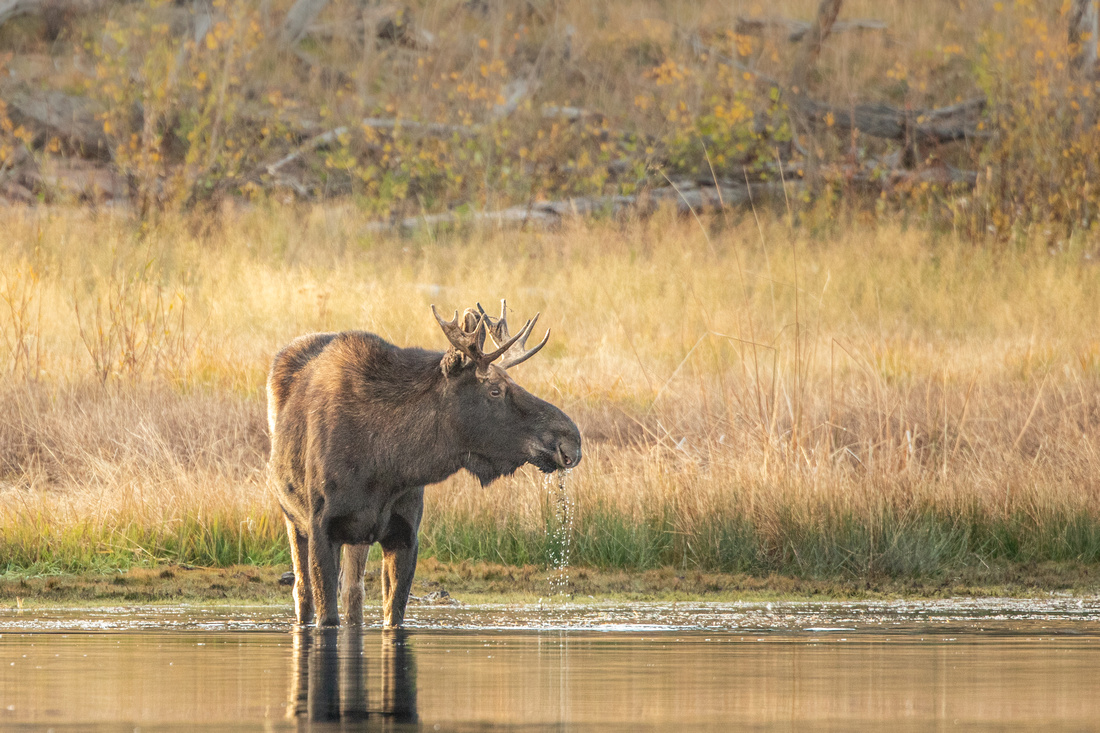 
Moose at local pond, Flaming Gorge National Recreation Area, Utah |
One of the things that keeps me interested in nature photography is the ability to capture a moment that may never occur in exactly the same way ever again. These moments may be fleeting, like passing clouds, or evolving over a longer period of time, like the effects of climate change on the landscape.
Being a nature photographer allows me to show people things they may not have seen themselves and my hope is that it encourages those viewing my images to care about preserving our natural environment.
This article is focused on those things that are temporary in nature and how they play in important role in our environment.
Wildflowers
A wildflower is a flower that grows without any help from people, they grow naturally in their environment. If you think about it, at one time, every single flower in the world was once a wildflower.
Wildflowers are essential because they provide bees, butterflies and other pollinators with food sources throughout the seasons. Pollinators in turn contribute to healthy crops of the fruits and vegetables we eat. Wildflower seeds are an important source of food for birds in wintertime. They also absorb CO2 and pollution and prevent soil erosion.
Wildflowers are masters of survival. Those that grow in arid environments may have smaller leaves with hairs, powders, waxes, oils, or tough outer layers to slow water evaporation. Their roots grow deep into the soil to find moisture and they store water in their leaves or stems. Those that grow in windy climates tend to grow closer to the ground.
Climate change has a direct impact on the annual wildflower bloom. As we see warmer temperatures and increased drought conditions, we see less blooms and species. Some wildflowers deal with this by using seed banks. They keep a portion of their seeds dormant in the soil rather than spending them all at once and this helps ensure their long-term survival.
Wildflowers endure a lot to make an appearance each year. Their temporary nature makes them that much more special to wildflower enthusiasts and photographers alike.
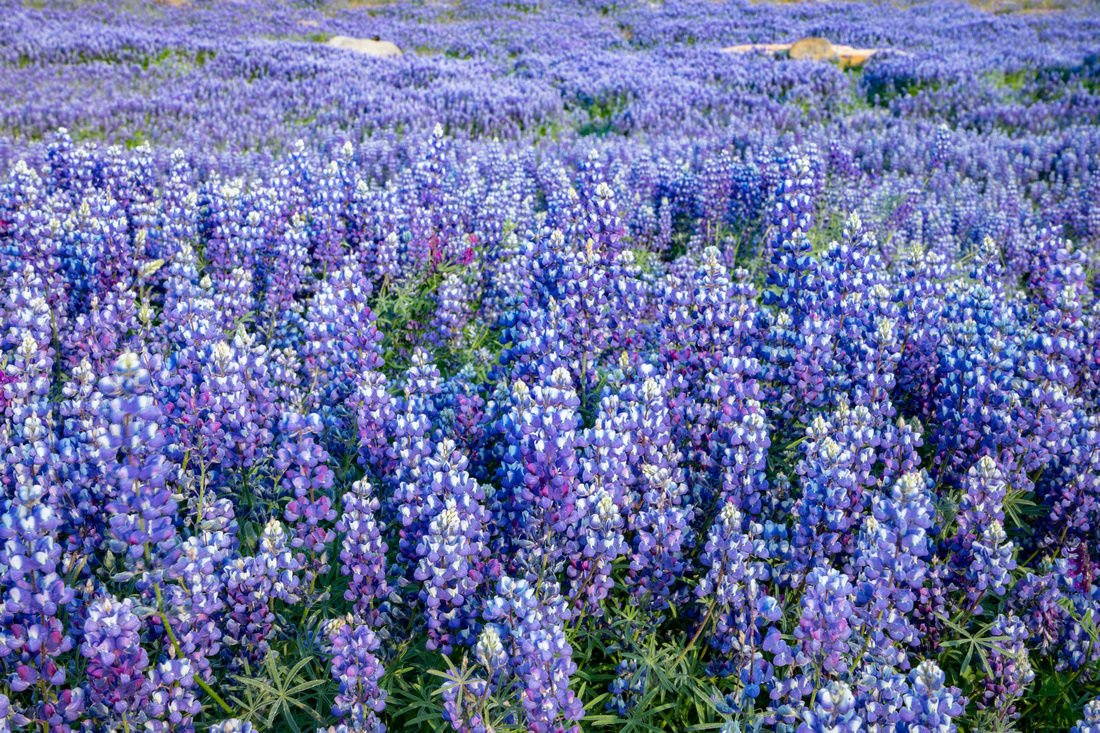 
Large lupine field, Folsom Lake Recreation Area, California |
Fall Colors
The fall colors that we look forward to each year are much like wildflowers in terms of the length of time we get to enjoy them, as well as the combination of conditions that must occur for them to present themselves. Warm days, cool nights, and steady moisture are the perfect recipe for brilliant fall colors.
Fall colors arrive around the same time each year because of the length of night. Temperature plays a role on when the leaves change as well. Cooler temperatures will cause leaves to tune faster while warner temperatures will cause them to turn slower. This is why leaves at higher elevations change earlier. An early freeze or snowfall will typically put an end to the showy colors.
Climate change is having an impact on fall colors. There is the obvious impact of delayed peak of colors due to warmer temperatures but there is also an impact to their saturation due to degraded anthocyanin pigments, which is what contributes to the reds, oranges, and yellows that draw tourists from around the world - a billion dollar economic generator.
We have seen a reduction in those brilliant colors and reliable peak seasons over the past few decades, which make fall colors a true temporary feature of nature.
 
Fall leaves, Union Creek, Oregon |
Water
There so are many aspects to the temporary nature of water.
Increased or decreased rain has a direct impact on the flow rate of creeks, rivers, and waterfalls. In Zion National Park, rain produces ephemeral waterfalls that flow for a very brief period of time.
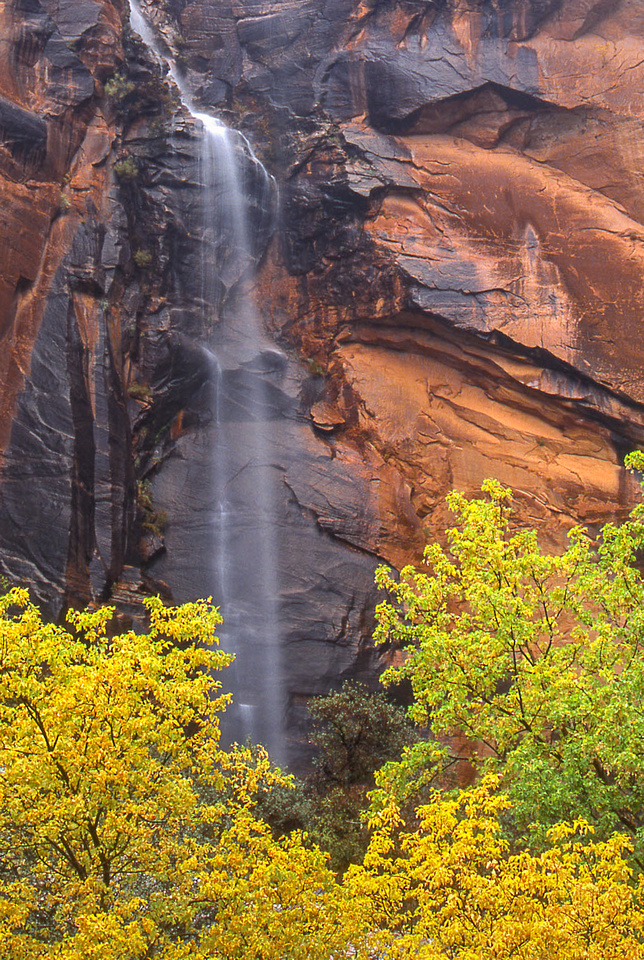 
Ephemeral waterfall after rainstorm, Zion National Park, Utah |
Sometimes the fleeting moments of water movement are so short that you can't see them with your eyes, but you can capture them in a photograph.
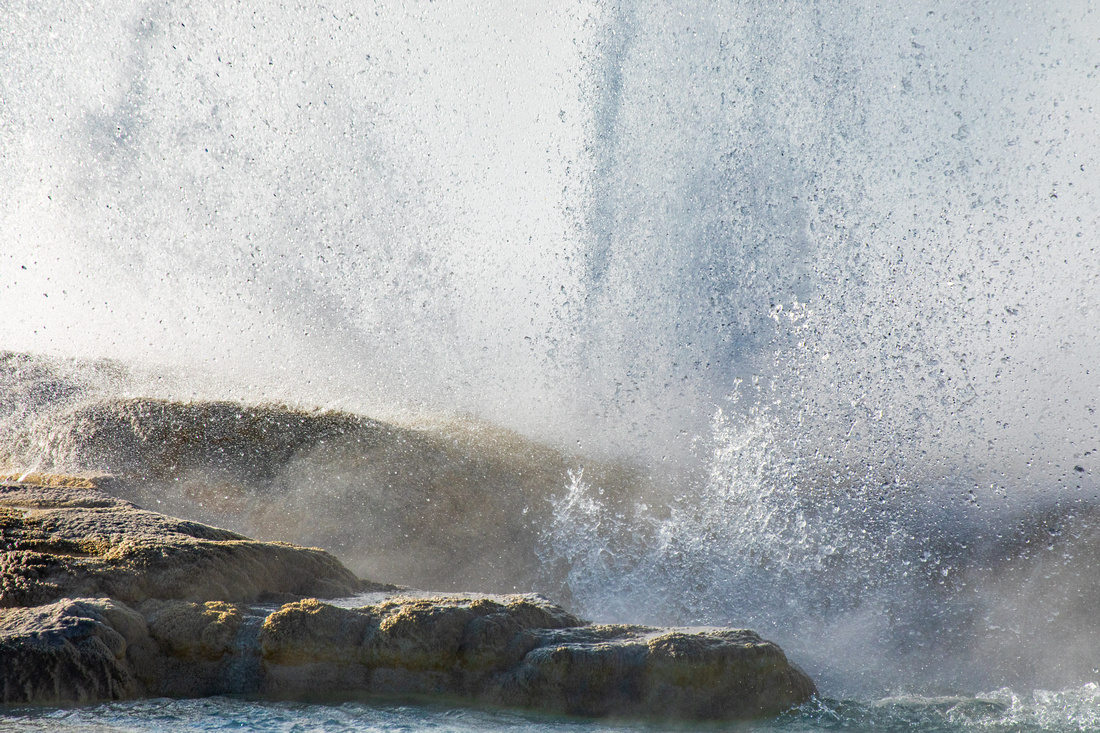  Geyser eruption, Yellowstone National Park, Wyoming
Geyser eruption, Yellowstone National Park, Wyoming |
As lake level change, features may be exposed or submerged, creating temporary changes in the landscape. Lake Powell is a good example of this as water levels have fluctuated over the years due to drought and wet conditions.
  Alstrom Point, Lake Powell, Arizona
Alstrom Point, Lake Powell, Arizona |
The ocean's tides create temporary conditions for sea life and shorebirds. The tide rises and drops twice per day, but the levels may vary depending on the position of the moon and sun in relation to Earth. These levels have a different impact to the creatures living in the tidepools and those who rely on them for food. From a photographic standpoint, the tides have direct impact on our ability to capture wildlife and landscapes.
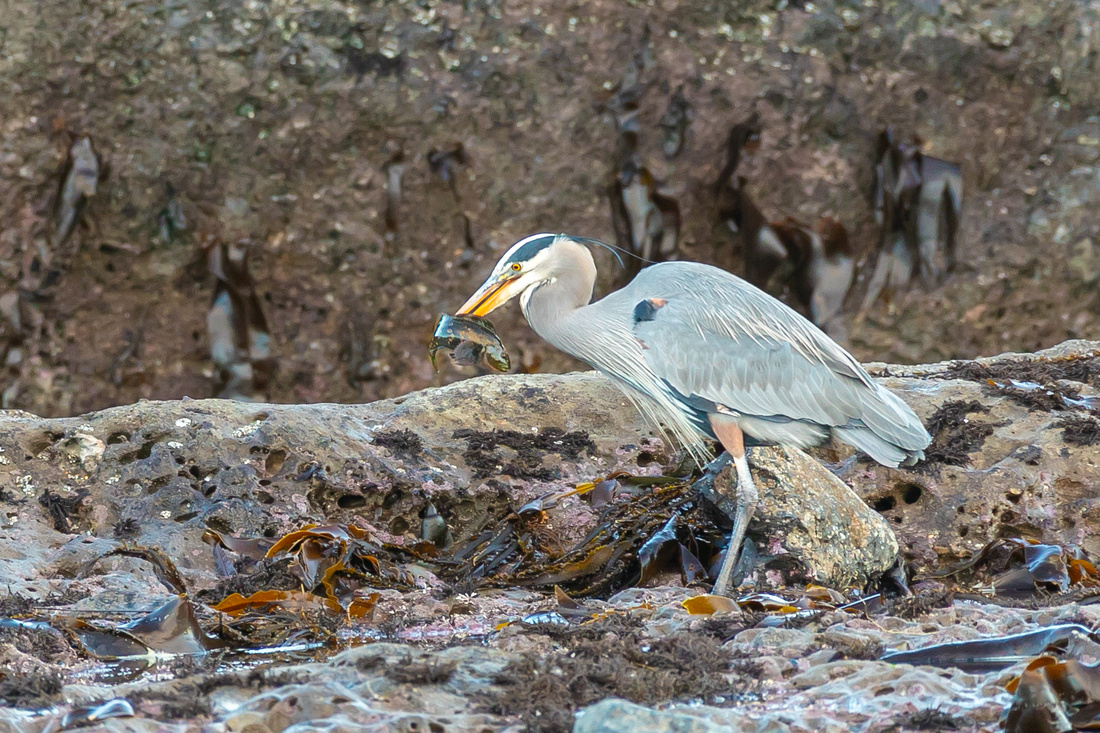  Great Blue Heron catching fish at low tide, Seal Rock State Beach, Oregon
Great Blue Heron catching fish at low tide, Seal Rock State Beach, Oregon |
Cohesion, or morning dew as most of us know it, is fleeting for sure. The patterns created by dew collecting on spider webs is even more temporary given the delicate nature of these structures.
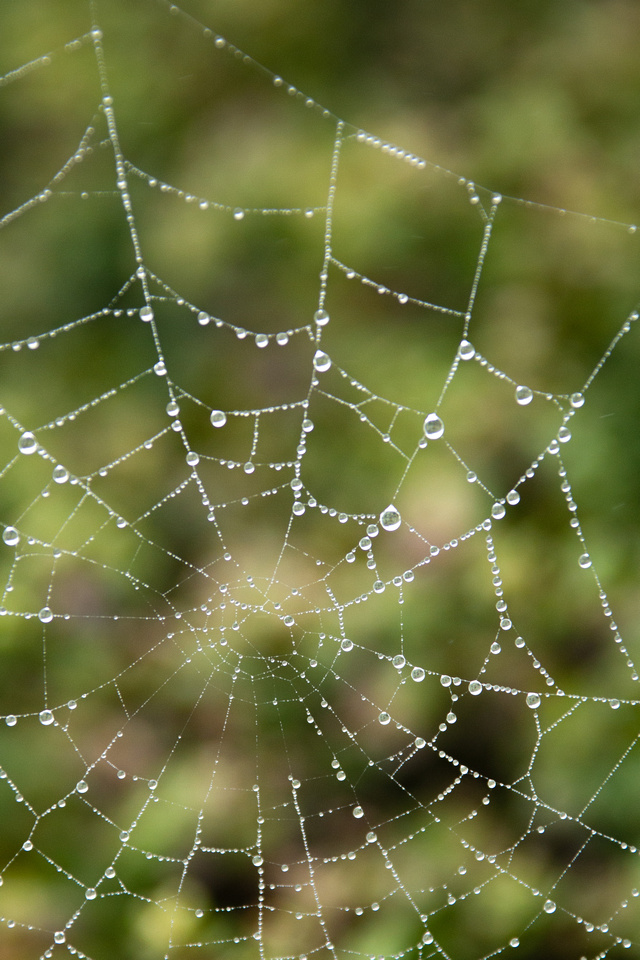  Dew on spiderweb, Point Reyes National Seashore, California
Dew on spiderweb, Point Reyes National Seashore, California |
Rain storms create unique conditions that can produce dramatic images.
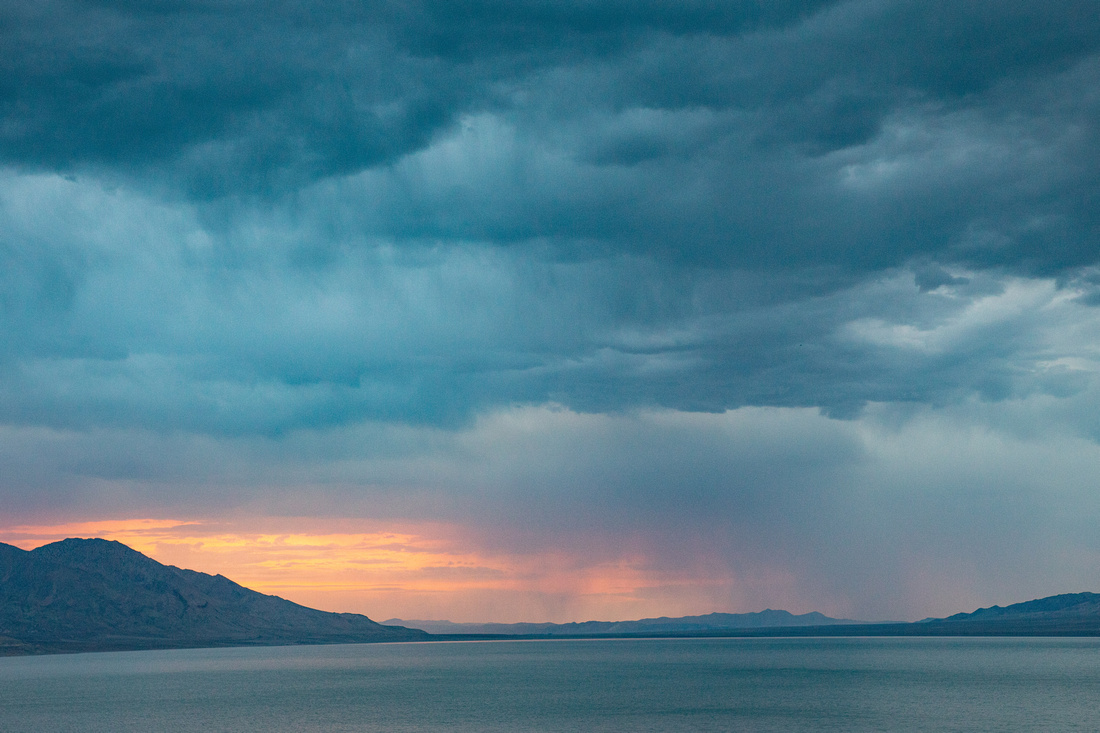  Rainstorm over Walker Lake, Nevada
Rainstorm over Walker Lake, Nevada |
Fog occurs in the winter months and often burns off after sunrise. It can temporarily transform an otherwise average location into something mysterious and magical.
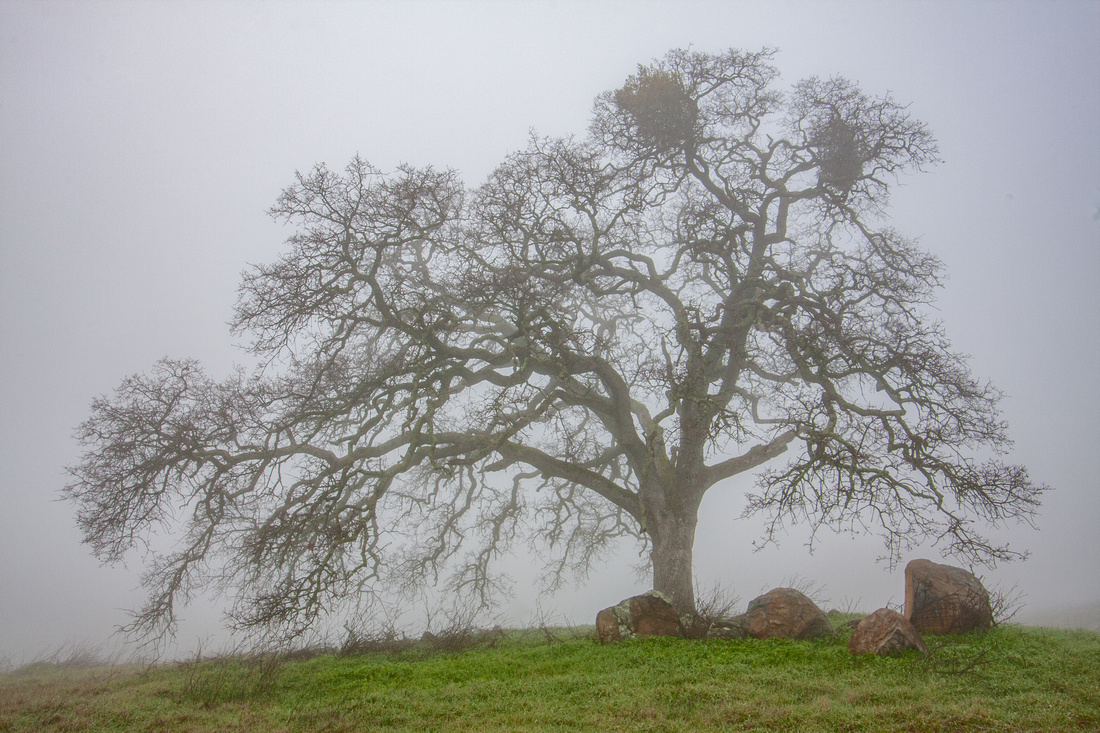 
Fog among Oak Trees, Sonoma, California |
Sunrise and Sunset
It is true that we get one sunrise and sunset every day - but no two are the same. As the seasons change, the sun is in a different position in the sky - changing the direction of light. Cold air and warm air have different effects on visibility. Clouds create different lighting and compositional changes. Even seasonal wildfires can impact these events. The period of time you get to enjoy a sunrise or sunset is temporary indeed.
It is because of these features that each sunrise and sunset is unique and worth capturing.
 
Sunrise, Flaming Gorge National Recreation Area |
Shadows
Shadows are both temporary and permanent at the same time. There will always be a shadow somewhere, but their shape and depth change with the sun, weather, and subjects that create them. Shadows are an excellent subject for photographers to practice composition and experiment with the Zone System.
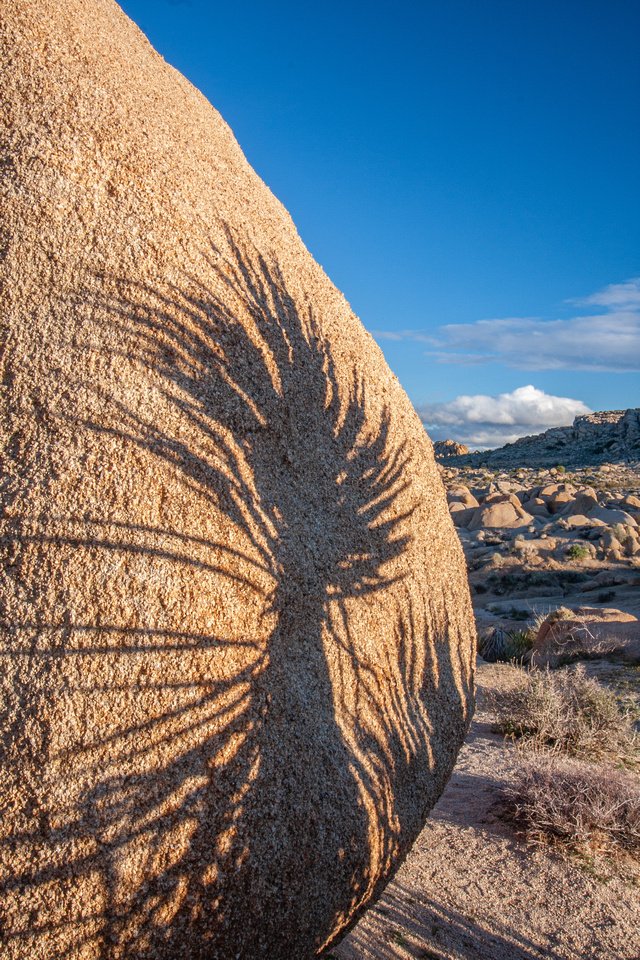 
Yucca shadow on Jumbo Rocks, Joshua Tree National Park, California |
Wildlife
If you are a wildlife photographer, you want thing: that iconic shot. That moment that is unique, interesting, fleeting - temporary. Capturing these types of images requires investment, patience, expertise, good gear, and luck. I'm still in pursuit of that iconic image but I've captured a few moments that have given me encouragement and fed my addiction!
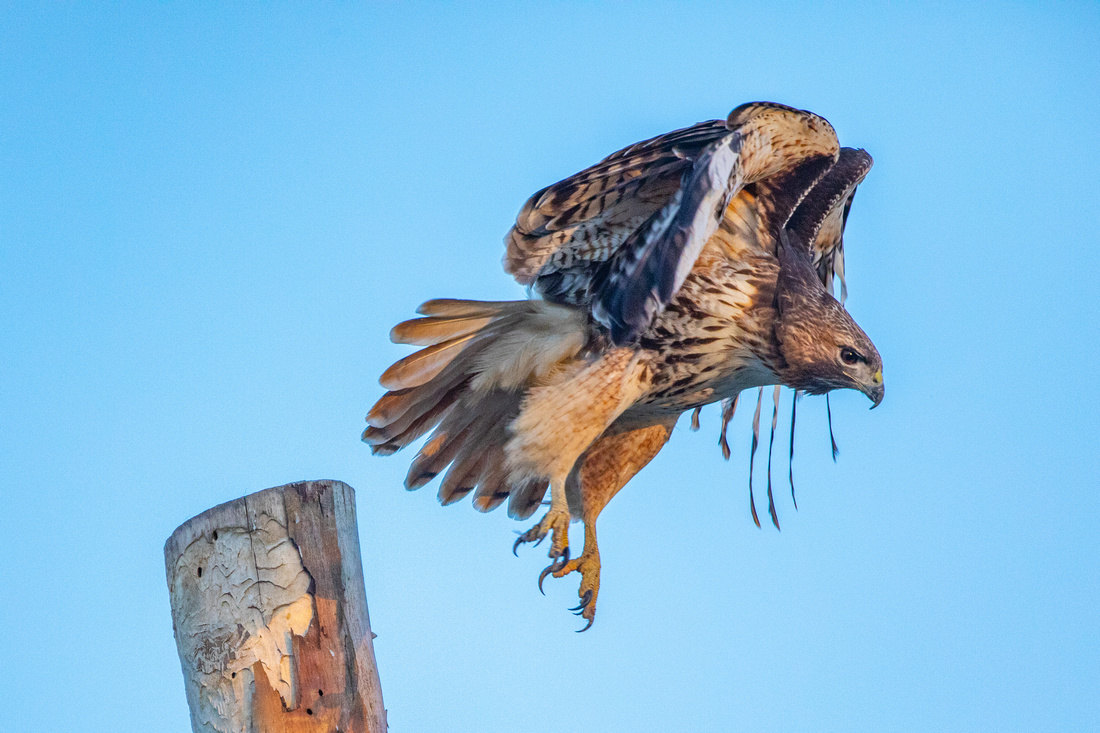 
Red Tail Hawk, Sacramento National Wildlife Refuge, California |
I hope you have enjoyed this view into the temporary themes of nature photography. Changing conditions make for the most challenging photography but can also produce the most exciting results. It is also what keeps photography interesting and for me - keeps me coming back for more.